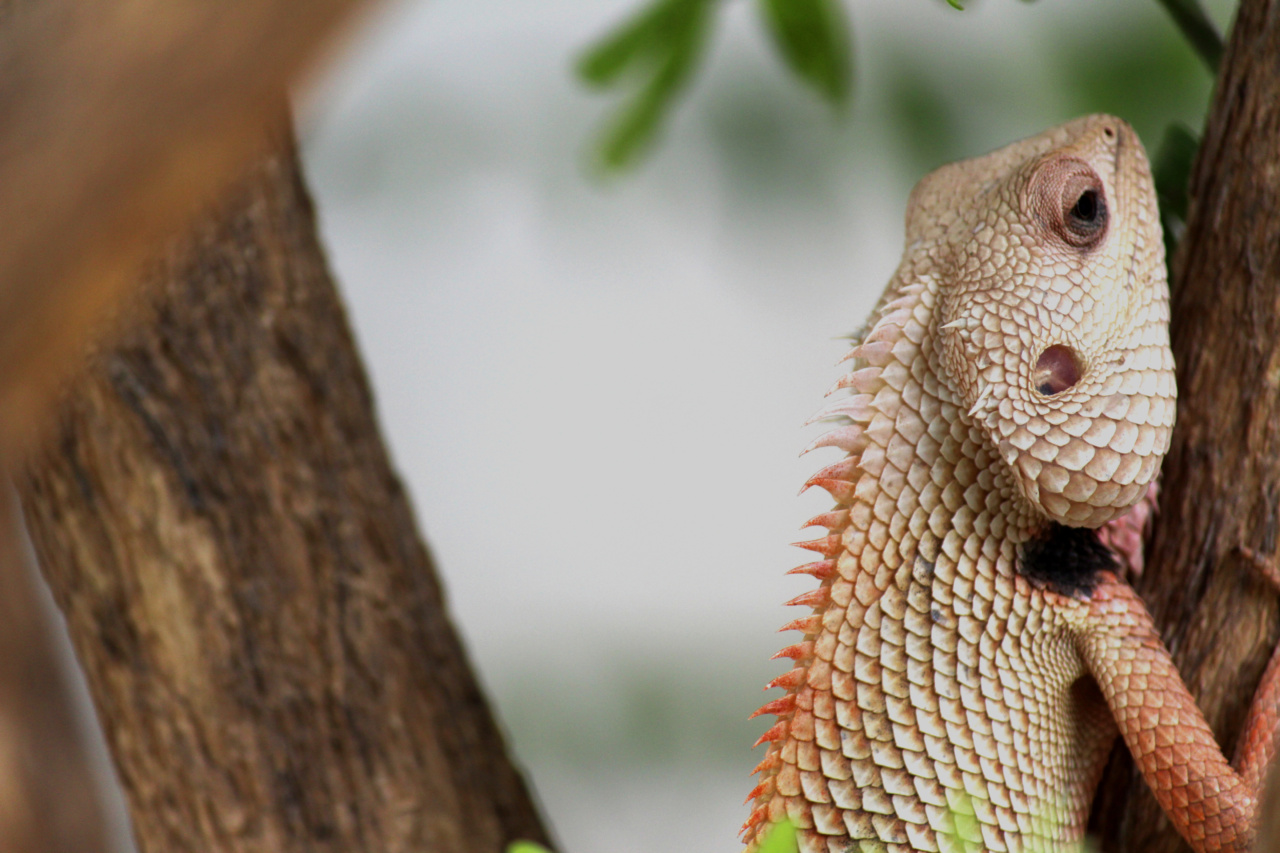When it comes to caring for our skin, finding natural remedies that are effective and safe is always a priority. One such remedy that has gained popularity in recent years is Tree Balm.
Derived from the bark and leaves of various tree species, this unique balm offers a range of benefits for treating skin injuries. In this article, we will explore the many uses and advantages of Tree Balm in promoting the healing process and maintaining skin health.
The Healing Properties of Tree Balm
Tree Balm contains a blend of natural compounds that contribute to its impressive healing properties. One of its key components is a group of chemicals known as terpenes, which possess antimicrobial and anti-inflammatory properties.
These properties make Tree Balm effective in preventing infections and reducing swelling, thereby aiding in the healing of skin injuries.
Furthermore, Tree Balm is rich in antioxidants, which play a crucial role in repairing damaged skin cells and protecting the skin from oxidative stress.
This helps to accelerate the healing process and contributes to the overall health and vitality of the skin.
Uses of Tree Balm for Treating Skin Injuries
1. Wound Healing: Tree Balm has been widely used for its wound healing properties. When applied to cuts, scrapes, or minor abrasions, it forms a protective barrier over the injury, shielding it from bacteria and other contaminants.
This barrier also helps to keep the wound moist, promoting faster healing and reducing the risk of scarring.
2. Burns: Tree Balm can provide soothing relief for minor burns, such as sunburns or kitchen burns. Its anti-inflammatory properties help to reduce pain and swelling, while its antioxidants aid in repairing the damaged skin tissue.
3. Insect Bites: The anti-inflammatory properties of Tree Balm make it an effective remedy for alleviating the itchiness and swelling caused by insect bites.
Applying a small amount of Tree Balm to the affected area can provide immediate relief and promote faster healing.
4. Rashes and Irritations: Whether caused by allergies, contact dermatitis, or other skin conditions, rashes and irritations can be effectively treated with Tree Balm.
Its anti-inflammatory and antimicrobial properties help to soothe the skin, reduce redness, and alleviate discomfort.
5. Eczema and Psoriasis: Tree Balm can be beneficial for individuals suffering from eczema and psoriasis.
Its moisturizing properties help to hydrate dry and flaky skin, while its anti-inflammatory effects reduce itching and redness associated with these conditions.
How to Use Tree Balm for Skin Injuries
Using Tree Balm for treating skin injuries is simple and straightforward. Follow these steps for optimal results:.
1. Cleanse the affected area:
Before applying Tree Balm, ensure that the injured area is clean and free from any debris or contaminants. Gently wash the area with mild soap and water, pat dry, and proceed with the application.
2. Apply a thin layer of Tree Balm:
Using clean fingers or a sterile cotton swab, apply a thin layer of Tree Balm directly to the affected area. Ensure that the balm covers the entire injury without causing excessive buildup.
You may choose to gently massage the balm into the skin for better absorption.
3. Cover if necessary:
If the injury requires additional protection, such as in the case of a larger wound or a burn, cover the area with a sterile bandage or dressing after applying the Tree Balm. This will provide an extra layer of protection and help maintain moisture.
4. Repeat as needed:
Depending on the severity of the injury, you may need to reapply Tree Balm multiple times throughout the day. It is generally recommended to apply the balm at least twice daily or as directed by a healthcare professional.
Precautions and Potential Side Effects
While Tree Balm is generally safe for most individuals, it is important to note that everyone’s skin is unique, and some people may experience adverse reactions.
Before using Tree Balm, it is advisable to perform a patch test to check for any allergic reactions or sensitivities. Apply a small amount of the balm to a small area of skin and monitor for any adverse effects for 24 hours.
If you experience any redness, itching, or irritation, discontinue use immediately and consult a healthcare professional.
Additionally, if you have any pre-existing skin conditions or are on any medication, it is best to consult with your healthcare provider before incorporating Tree Balm into your skincare routine.
In Conclusion
Tree Balm offers a natural and effective solution for treating various skin injuries. Its antimicrobial, anti-inflammatory, and antioxidant properties make it beneficial for wound healing, burns, insect bites, rashes, and irritations.
By following the proper application techniques and taking necessary precautions, you can harness the benefits of Tree Balm and promote the healing and well-being of your skin.






























